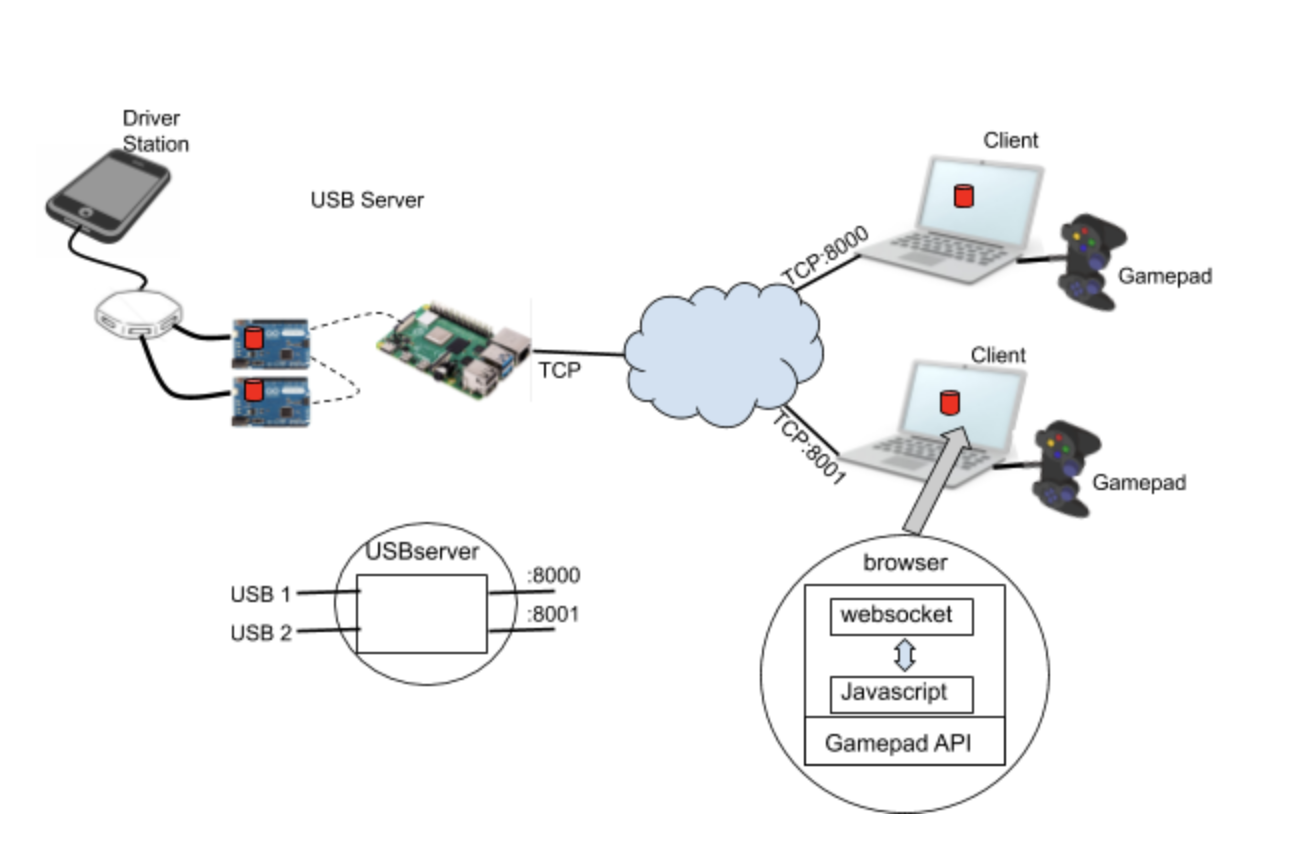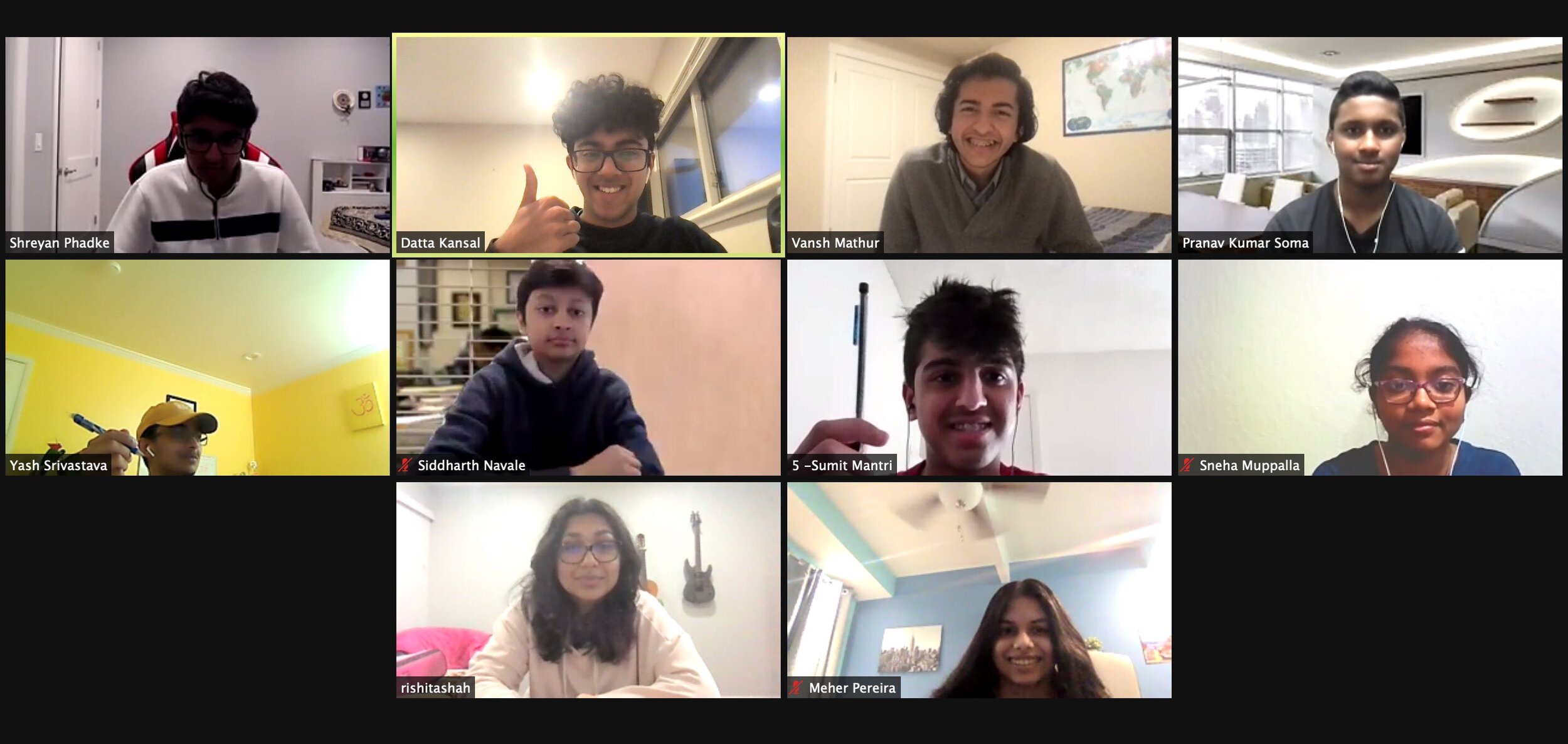Robotics in the Pandemic
Amidst the rise of the pandemic, Cupertino Robotics continues to foster innovation and spark interest in STEM. Previously, our FTC season began in September and continued until mid-February. During these months, we built a chassis, designed mechanisms, and practiced driving the robot. However, with Santa Clara County moving to the purple tier, student health concerns grow increasingly prevalent. For this reason, we have adapted to Zoom meetings, where students design the robot and send Computer Aided Design models of mechanisms to mentors who bring students’ sketches to life in the Roboshack.
Even with this adjustment, we still needed to find a way to allow students to drive while following CDC guidelines. Our mentors, Charles Williams and Sunny He, attempted to find a commercial solution to allow testing software from home. FIRST recently offered a remote tournament for FTC, which allows for driver and human player participation but does not mandate the in-person participation of other members. Last season, numerous FTC and FRC teams could not experience the thrill of competition after spending hours refining their robots. “One of the greatest parts of going to different tournaments is meeting different people, and learning about their ideas” says FTC student Pranav Kumar Soma. In order to allow all students to experience the excitement of competition, Mr. Williams and Sunny set out to build a solution that allowed students to drive from home. In just under a month, they developed a solution that could prove to be vital in allowing students (many who have not had the chance to experience Robotics before) to participate.
The set-up for the remote testing is relatively simple, requiring a stable internet connection, legal FTC gamepad, and a browser supporting HTML 5. A Raspberry PI and Eight Arduino Teensy are also required for the USB server. Sunny, one of the FRC mentors who helped implement the solution, explains that students can use gamepad controllers remotely by connecting their computers to an internet server that sends the gamestate of the controllers to a Raspeberry PI in the roboshack. Essentially, students can drive a robot in the Roboshack from their own homes with a gamepad over internet connection.
Recently, a test of the software was run half a mile from the designated lab through the use of the internet. The student testing the software, sophomore Pranav, connected the gamepad to their computer, with a HTML file running JavaScript in the browser. In the lab, the 8-channel gamepad is connected to the server, consisting of a Raspberry Pi and an Eight Arduino teensy (one per gamepad). Students found that connecting the gamepad to the server address of the lab allowed the student to successfully run the robot. With this newfound access to remote driving, the FTC remote controller may be adapted to use in FRC as well. Sunny explains how FRC implementation is “going to be more complicated. Right now we support the gamepad so if you see here, it’s fairly simple. The joysticks used in FRC also have a lot more functions. So we have to expand that and of course, you also need to get joysticks for people which is a lot more difficult to source than the gamepads, right now.”
Although implementation was tested to be successful multiple times, the option of remote testing may not be within reach for FTC students. Cupertino mentors have recently petitioned for the use of remote drivers, but an exception may not be given.
Along with remote driving, we are looking for more ways to work remotely. Recently, Sunny put together a way to connect a Raspberry Pi to the robot and push code from his computer remotely. He explained, “It works surprisingly well, but it isn't super suitable for everyday use since the network bridge is kinda difficult to set up and sharing the credentials for everyone to log in to the Raspberry Pi isn't very feasible."
Although the pandemic has put us in a near-impossible situation, Cupertino Robotics has continued to persevere and find innovative ways to explore robotics. Pranav explains despite the pandemic, “we are doing much better in the face of strife as we are communicating much more with our teammates, which I believe will lead to a stronger foundation next year.” With this optimism and eagerness to learn, Cupertino Robotics continues to inspire students through the pandemic.


